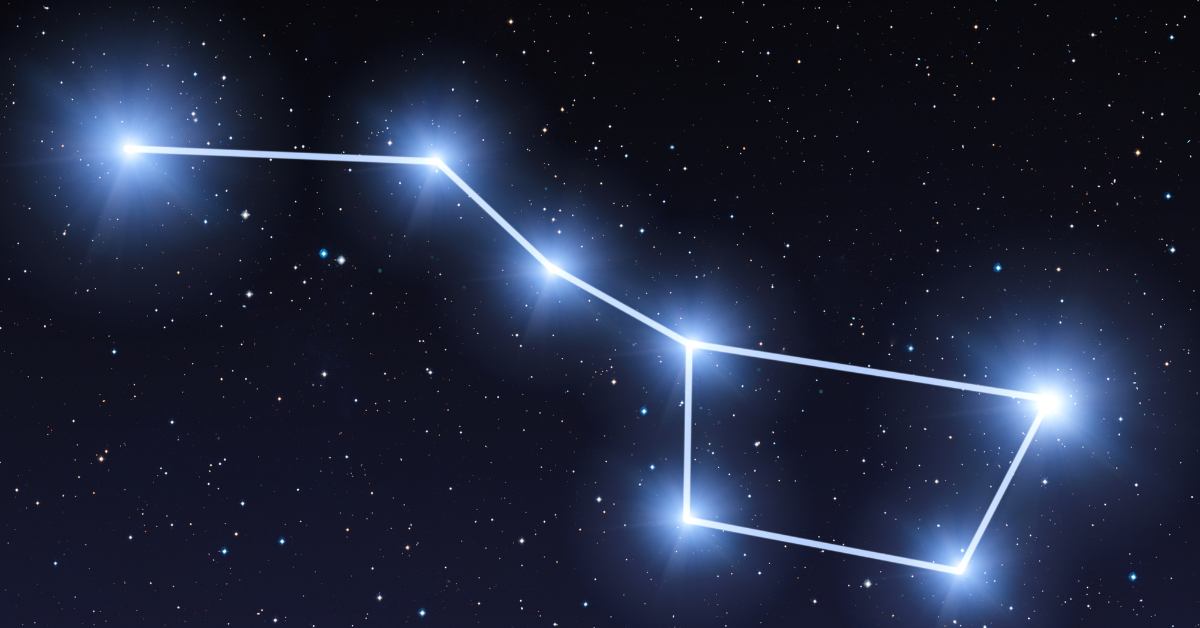Knights of the Zodiac is a legendary anime loved by millions around the world, yet its home country, Japan, holds surprisingly divided opinions. While international fans praise its epic storytelling and mythological themes, Japanese audiences have varying levels of recognition and enthusiasm. In this article, we’ll explore why this gap exists, what Japanese fans really think, and whether the series can find new life at home.
What Is Knights of the Zodiac?
Knights of the Zodiac is based on the popular manga by Masami Kurumada and first aired on Japanese television in 1986. Set against the backdrop of Greek mythology, the story follows young warriors known as Saints who don mystical armors called Cloths, each representing a zodiac constellation, as they protect the goddess Athena.
Each character’s association with a constellation gave Japanese viewers a personal connection to the story, often identifying with the Saint of their own zodiac sign. The narrative centers around friendship, perseverance, and sacrifice, making it a quintessential shonen anime and a flagship title of Weekly Shonen Jump during the 1980s.
Characters and Their Popularity
| Zodiac Sign | Character | Popularity Level | Traits |
|---|---|---|---|
| Pegasus | Seiya | Very High | Justice-driven, natural leader |
| Dragon | Shiryu | High | Stoic and resilient |
| Cygnus | Hyoga | Moderate | Calm and strategic |
| Andromeda | Shun | High | Gentle and self-sacrificing |
| Phoenix | Ikki | Very High | Fierce strength and loyalty |
Seiya and Ikki consistently rank among the top fan favorites both in Japan and abroad.
Generational Gaps in Japanese Reception
The recognition and evaluation of Knights of the Zodiac in Japan differ significantly by generation. The table below summarizes these trends:
| Generation | Recognition | Main Impression | Overall Evaluation |
|---|---|---|---|
| Showa (ages 40–50) | Very High | “A legendary anime of our youth” | Highly positive |
| Heisei (ages 20–30) | Moderate | “I’ve heard of it” | Mixed |
| Reiwa (ages under 20) | Low | “Old-fashioned anime” | Largely indifferent |
While older generations hold a deep emotional attachment, younger viewers find it outdated and lack the context to appreciate its legacy.
Why It Remains Popular Overseas
Internationally, Knights of the Zodiac continues to thrive, especially in Latin America and Europe. Cultural compatibility and localized adaptations have helped secure its enduring appeal.
| Factor | Explanation | Notable Regions |
|---|---|---|
| Mythological familiarity | Greek mythology resonates strongly | Europe, South America |
| High-quality dubbing | Translations suited to local expressions | France, Spain, Brazil |
| Prime-time scheduling | Aired during peak hours for children | Mexico, Argentina |
In South America, it’s regarded as a national anime, alongside titles like Dragon Ball.
Why It’s Difficult to Reconnect with Japanese Audiences
The lack of resurgence in Japan can be attributed to stylistic and structural differences from modern anime. Contemporary viewers demand high-speed plots, refined visuals, and complex narratives—criteria where Knights of the Zodiac appears outdated.
| Issue | Description | Modern Viewer Reaction |
|---|---|---|
| Visuals | Traditional hand-drawn style, inconsistencies in art | “Characters look different each episode” |
| Storyline | Linear and predictable | “Too simplistic” |
| Series Length | Numerous arcs, remakes, and spin-offs | “I don’t know where to start” |
These obstacles significantly reduce interest among younger demographics.
What Japanese Fans Are Saying
Feedback from Japanese fans reveals a sharp contrast between nostalgic admiration and contemporary criticism:
| Opinion Type | Comments | Sentiment |
|---|---|---|
| Long-time fans | “The theme song makes me emotional,” “The battles were epic” | Positive |
| New viewers | “Pacing is too slow,” “It feels outdated” | Negative |
| Casual viewers | “Familiar with the name, not the content” | Indifferent |
Nostalgia is a key driver of positive evaluations, while first-time viewers often focus on technical or narrative shortcomings.
Future Prospects and Opportunities
With Netflix’s remake and ongoing international collaborations, there is real potential for a Knights of the Zodiac revival in Japan. The table below outlines strategic steps and expected benefits:
| Initiative | Description | Expected Impact |
|---|---|---|
| Visual modernizations | Faster pacing and upgraded graphics | Broader appeal to youth |
| Co-productions | Stories tailored for global markets | Expanded international reach |
| Multi-platform tie-ins | Games, themed cafés, and events | Re-engaging lapsed fans |
Reintroducing it as a globally celebrated Japanese anime may renew domestic interest.
Conclusion
Knights of the Zodiac is more than just a nostalgic artifact. It represents a distinct era of Japanese animation and storytelling that continues to inspire audiences abroad. Despite its waning domestic attention, the series holds cultural and emotional value that, with the right strategy, could reach a new generation.
As fans around the world celebrate the Saints and their constellations, Japan may soon rediscover the enduring strength of these cosmic warriors.






